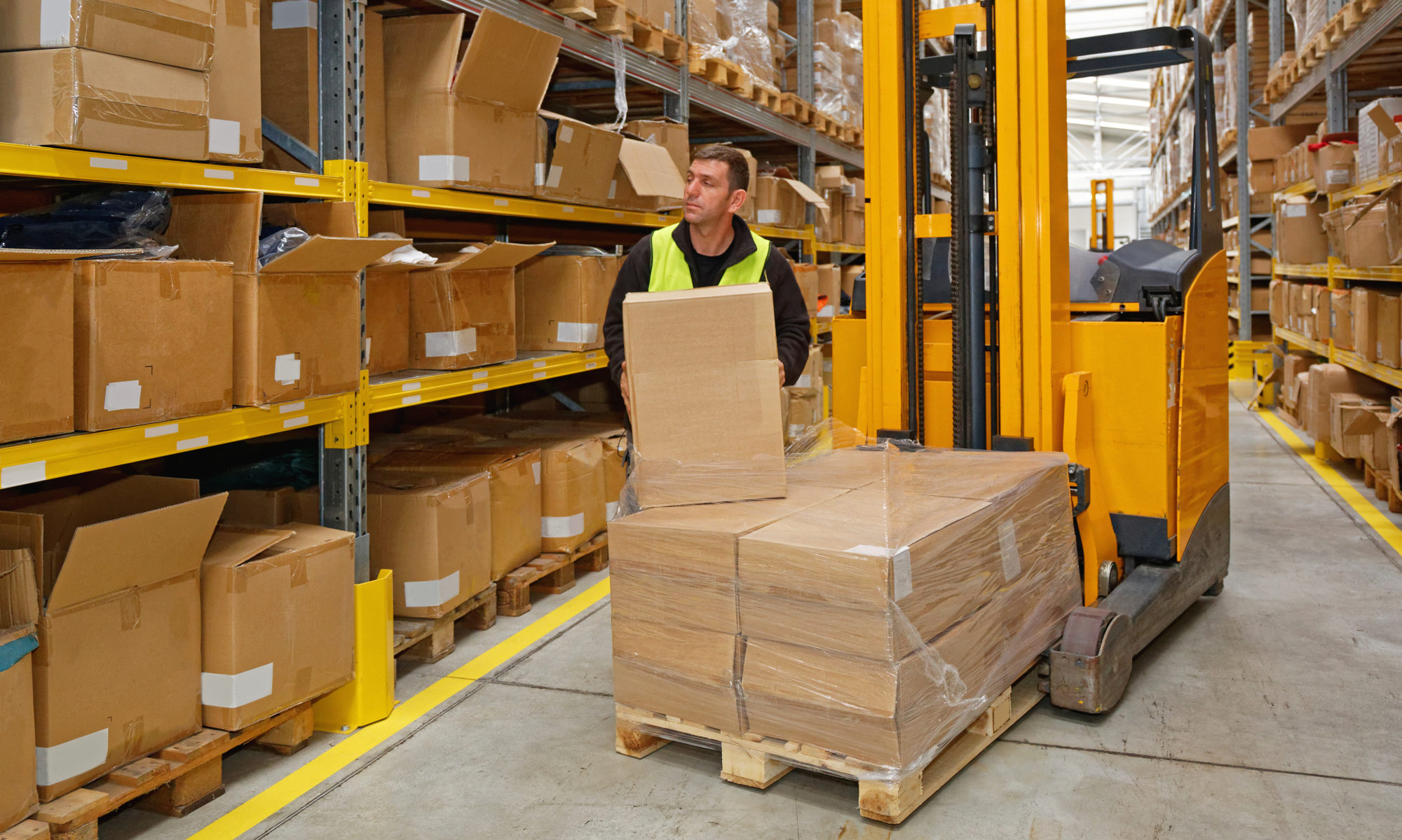The holiday shopping season is the most critical time of year for any ecommerce business. With major sales events like Black Friday and Cyber Monday, the potential for growth is immense. However, this surge in orders can quickly overwhelm your operations if you’re not prepared. A reliable fulfillment company is your greatest asset during this period, but a successful partnership requires proactive planning and clear communication. This guide will walk you through the key steps to prepare for the holiday rush with your ecommerce fulfillment partner.
Assess Last Year’s Performance
Before you can plan for the future, you need to understand the past. A thorough review of last year’s holiday season performance is the best place to start. Pull up your sales data and sit down with your fulfillment company to discuss what went right and where the challenges were.
Review Key Metrics
- Sales Data: Which products were your bestsellers? Were there any unexpected spikes in demand for certain items? Identifying these trends will help you forecast inventory more accurately.
- Shipping Bottlenecks: Did you experience delays in shipping? Were there specific carriers that underperformed? Pinpointing these issues allows you to work with your fulfillment partner to find better solutions this year.
- Customer Feedback: What did your customers say? Look at reviews, support tickets, and social media comments related to shipping and delivery. This feedback is invaluable for identifying areas for improvement.
By analyzing this data together, you and your fulfillment partner can create a targeted plan to address weaknesses and build on successes from the previous year.
Plan Your Inventory Early
One of the biggest mistakes an ecommerce business can make is running out of stock on popular items during the holiday rush. Accurate demand forecasting and early inventory planning are essential to avoid this costly error.
Forecast Demand
Use your historical sales data, current market trends, and any planned marketing campaigns to forecast demand for your products. Share these forecasts with your fulfillment company as early as possible. This gives them the time they need to prepare adequate storage space and labor to handle the incoming inventory. Don’t forget to account for potential supply chain disruptions and order your stock well in advance.
Coordinate Storage and Management
Discuss inventory receiving deadlines with your fulfillment partner. They will likely have specific cutoff dates to ensure your stock is processed and ready for picking before the Black Friday and Cyber Monday rush begins. Confirm that they have a robust inventory management system to provide real-time visibility, helping you track stock levels and prevent overselling.
Optimize the Supply Chain
A smooth supply chain is the backbone of a successful holiday season. Your fulfillment company plays a central role in ensuring that orders are processed, packed, and shipped efficiently.
Handle Increased Volume
Confirm that your fulfillment company has the infrastructure and staff to manage a significant increase in order volume. Ask them about their plans for seasonal hiring and whether they will be extending their operating hours. A well-prepared partner will have a clear strategy for scaling their operations to meet peak demand.
Discuss Shipping Options
Work with your partner to review shipping carriers and service levels. Are there faster or more cost-effective options available? Discuss holiday shipping deadlines for different carriers to set clear delivery expectations for your customers. Offering a range of shipping options, including expedited services, can be a key differentiator during the competitive holiday season.
Communicate Effectively
Clear and consistent communication is the cornerstone of a strong partnership with your fulfillment company. During the hectic holiday season, it becomes even more critical.
Establish a primary point of contact at the fulfillment center and set up a schedule for regular check-ins. Daily updates may be necessary during peak weeks like Black Friday and Cyber Monday. These check-ins are an opportunity to discuss order volumes, inventory levels, and any potential issues before they become major problems. Proactive communication ensures that you are both aligned and can quickly adapt to any challenges that arise.
Prepare for Returns
Holiday sales inevitably lead to an increase in returns. A complicated returns process can damage customer loyalty, so it’s important to make it as seamless as possible.
Work with your ecommerce fulfillment partner to streamline your returns management (or reverse logistics) process. This includes defining procedures for inspecting returned items, restocking them, and processing refunds or exchanges. Ensure your returns policy is clearly communicated on your website to avoid customer confusion. A hassle-free returns experience can turn a potentially negative situation into a positive one, encouraging customers to shop with you again.
Plan Holiday Promotions
Promotional campaigns like special bundles, gift with purchase, or custom packaging can drive significant sales during the holidays. However, these promotions often require special handling by your fulfillment company.
Discuss your promotional plans well in advance. If you’re creating special kits or bundles, provide your fulfillment partner with clear instructions and any necessary materials. This ensures that promotional orders are fulfilled accurately and on time, delivering the special experience you promised your customers.
Your Partner for Holiday Success
The holiday season offers a tremendous opportunity for your ecommerce business to grow. Success hinges on careful planning and strong collaboration with your fulfillment company. By reviewing past performance, managing inventory proactively, optimizing your supply chain, and maintaining open communication, you can navigate the busiest time of year with confidence. A reliable fulfillment partner does more than just ship orders; they act as an extension of your team. Contact Medallion Fulfillment today to grow your team.





